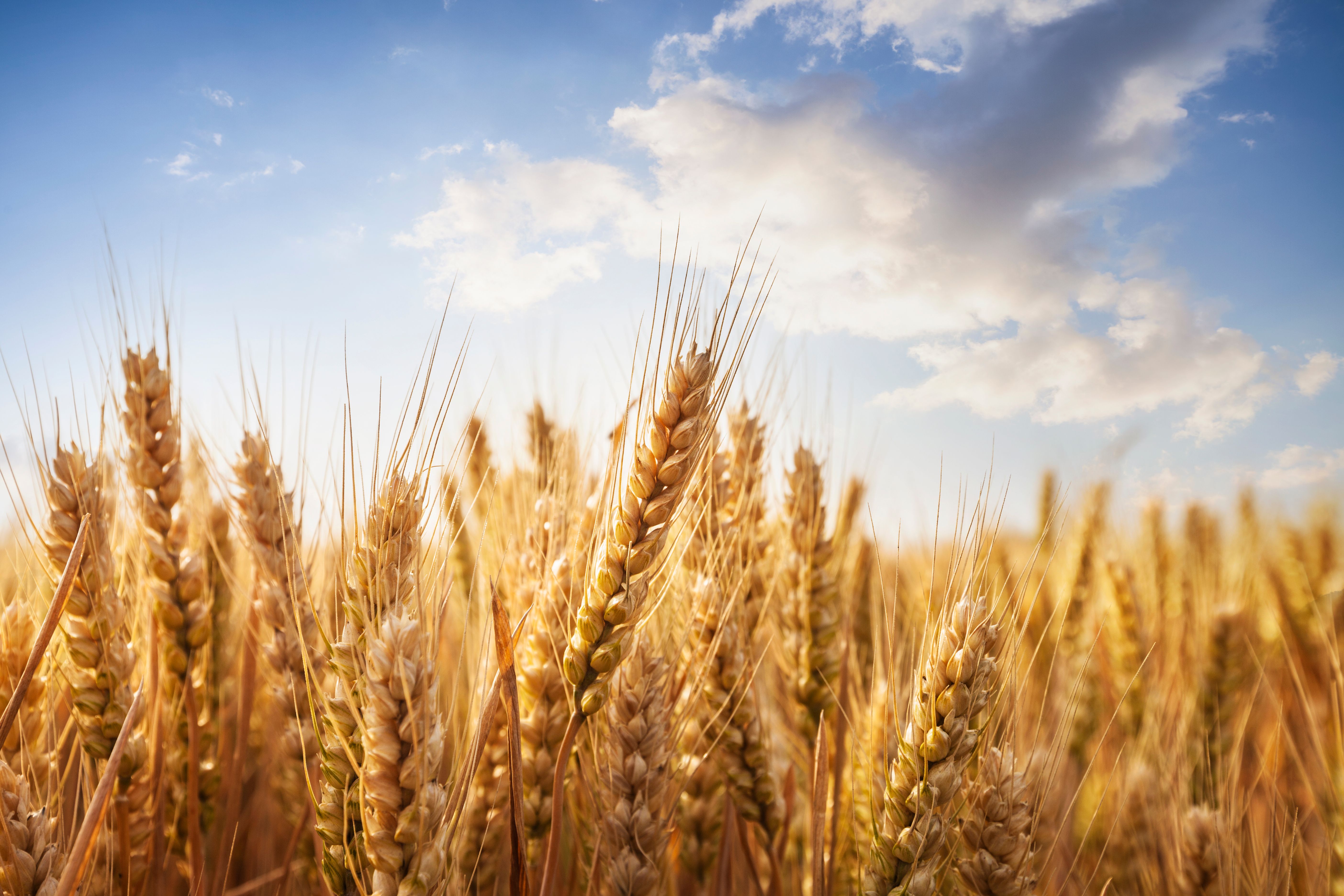Understanding Volatility in Grain Markets: Key Factors Influencing Price Fluctuations
Introduction to Grain Market Volatility
The grain markets are notoriously volatile, with prices subject to frequent and sometimes severe fluctuations. Understanding this volatility is crucial for farmers, traders, and investors alike. Various factors can influence the prices of grains such as corn, wheat, and soybeans, making it essential to stay informed about the underlying causes of these changes.

Supply and Demand Dynamics
At the core of grain market volatility are the basic principles of supply and demand. When supply exceeds demand, prices tend to fall, and conversely, when demand outstrips supply, prices usually rise. Several factors can affect these dynamics:
- Weather Conditions: Adverse weather such as droughts or floods can significantly impact crop yields, leading to reduced supply.
- Global Production: Changes in production levels in major grain-producing countries can alter the global supply balance.
- Consumption Patterns: Shifts in dietary trends or increased demand for biofuels can drive up grain consumption.
International Trade Policies
Trade policies and agreements also play a significant role in grain market volatility. Tariffs, export bans, and trade agreements can either facilitate or hinder the flow of grains across borders. For instance, a country imposing tariffs on grain imports may reduce demand for foreign grains, affecting international prices. Conversely, trade agreements that lower barriers can increase market access and influence global supply chains.

Impact of Currency Fluctuations
Currency exchange rates are another critical factor influencing grain prices. As most international trade is conducted in US dollars, fluctuations in currency value can affect the competitiveness of grain exports. A stronger dollar may make US grains more expensive for foreign buyers, potentially decreasing export demand.
Speculation and Market Sentiment
Investor speculation and market sentiment can significantly contribute to price volatility. Traders and investors often react to news, reports, and forecasts, creating price swings based on perceived future supply and demand conditions. This speculative activity can sometimes exaggerate price movements beyond what fundamentals might suggest.

Technological Advancements
The advent of technology in agriculture and trading has also influenced grain market dynamics. Advanced weather forecasting, precision farming techniques, and enhanced storage solutions contribute to more efficient production and distribution. Additionally, technology-driven trading platforms facilitate quicker reactions to market changes, sometimes amplifying volatility.
Conclusion: Navigating Volatility
Understanding the factors driving volatility in grain markets is essential for stakeholders to make informed decisions. By staying aware of supply and demand changes, international trade policies, currency fluctuations, speculative activities, and technological advancements, participants can better navigate the complexities of these markets. Keeping abreast of these elements ensures more strategic planning and risk management in the volatile world of grain trading.
